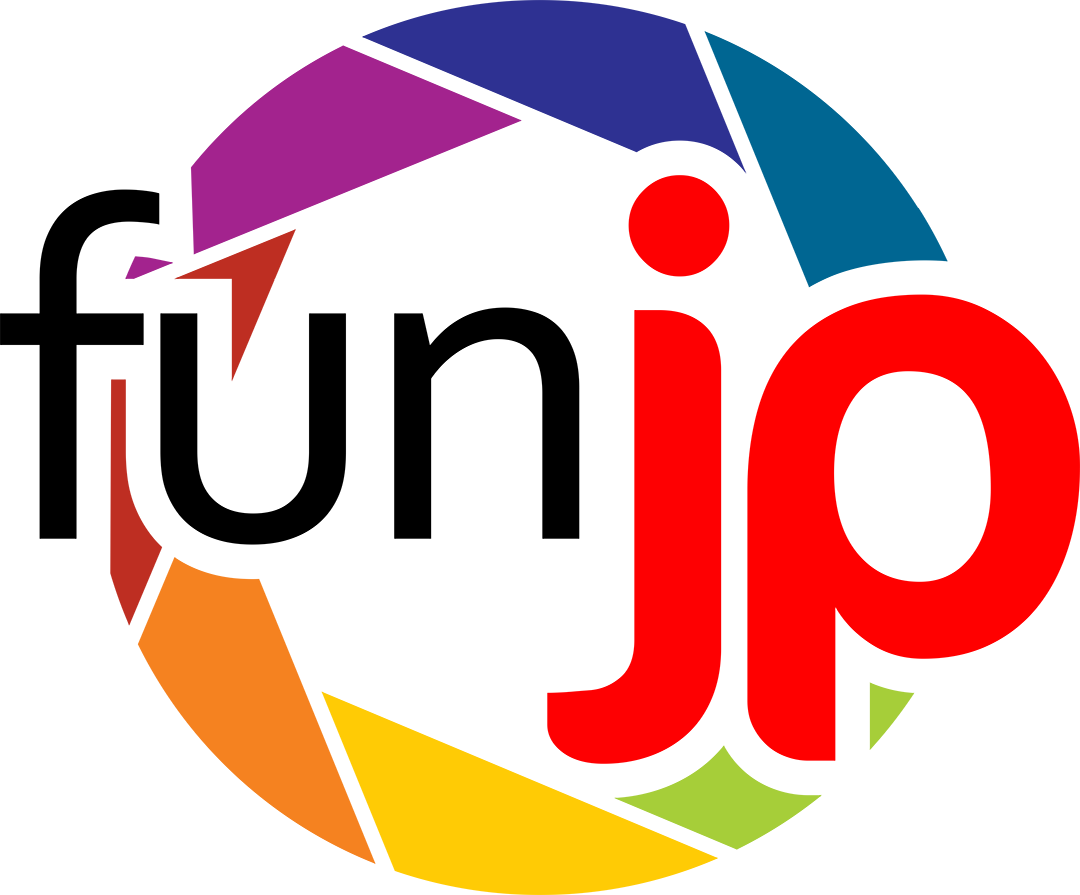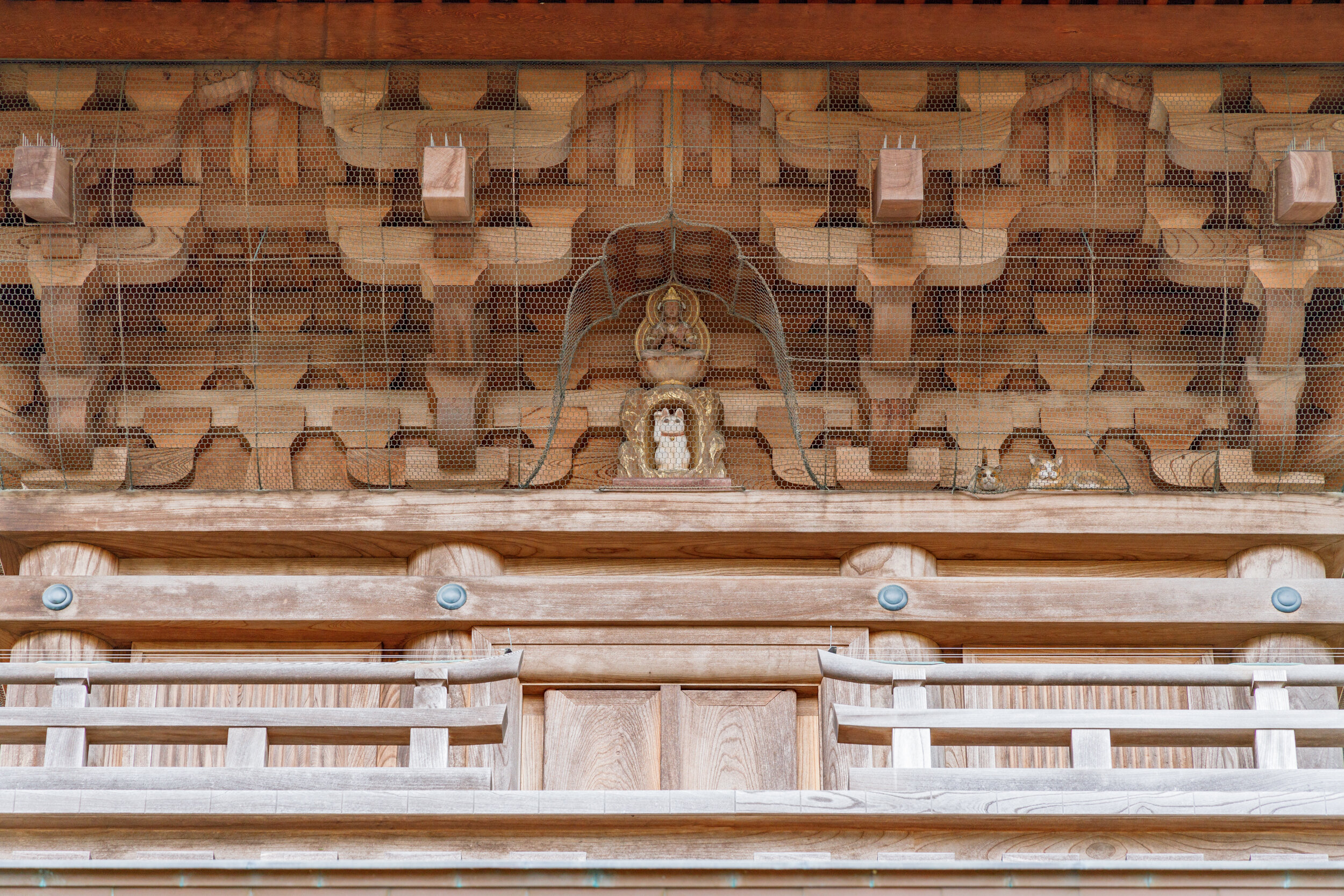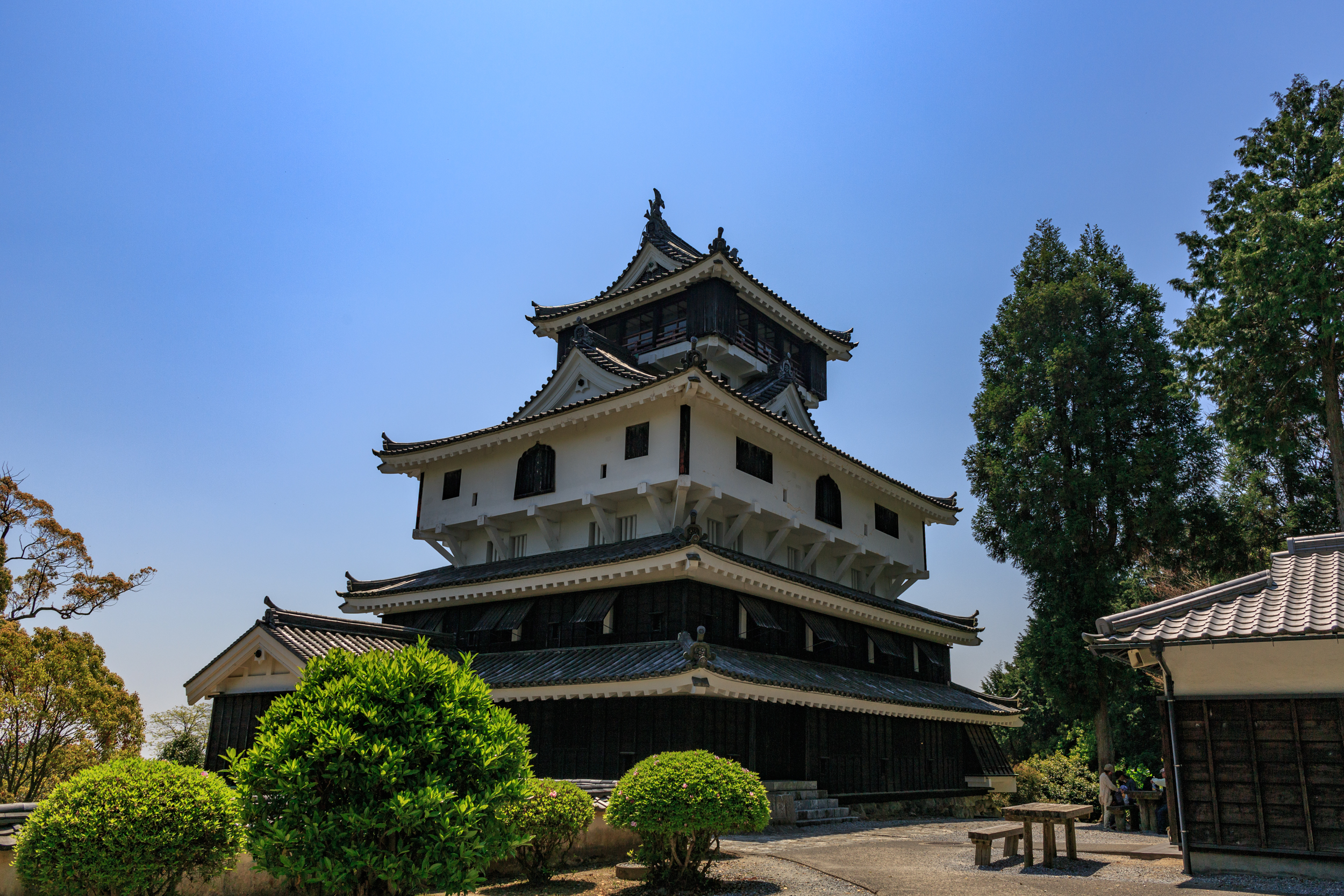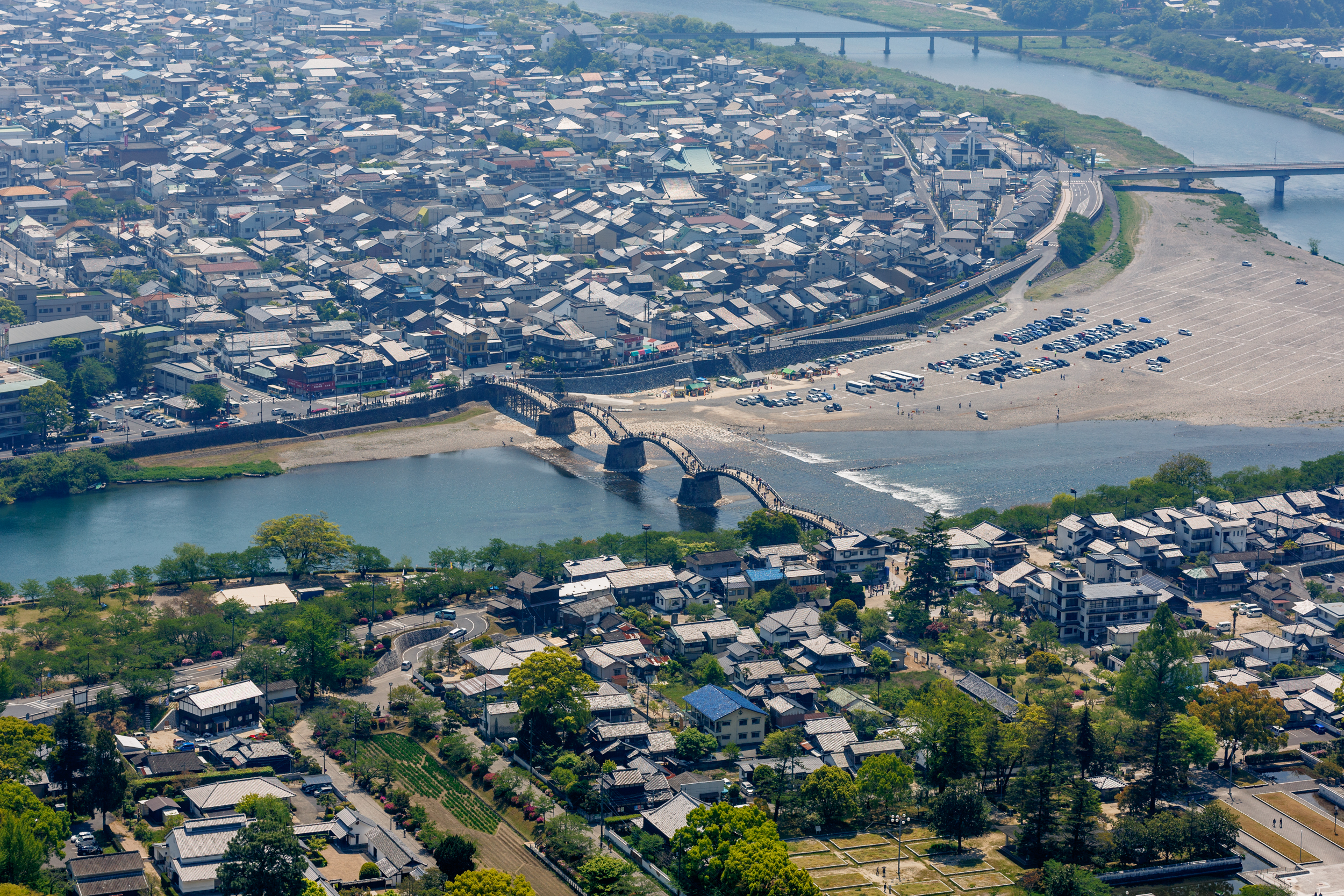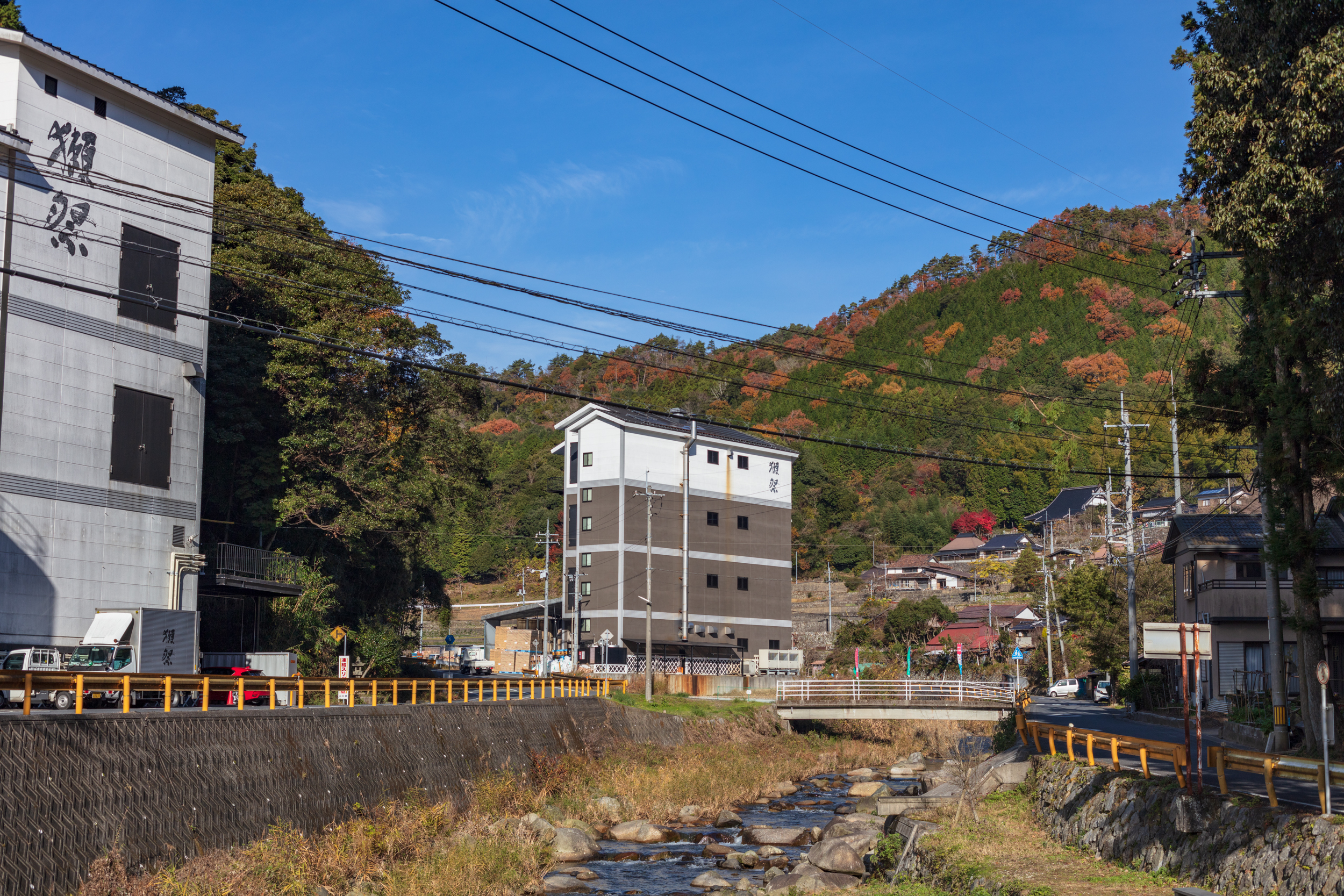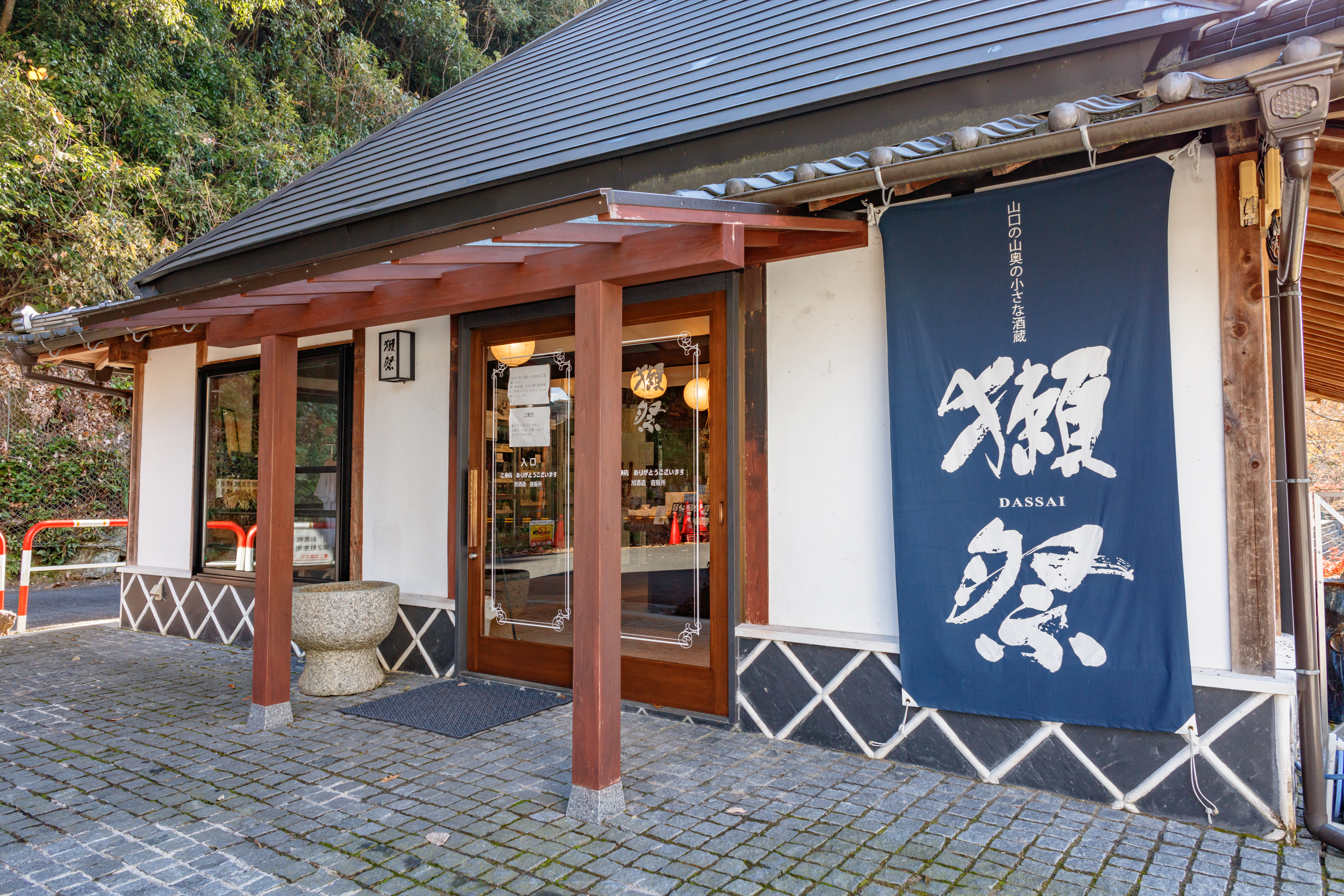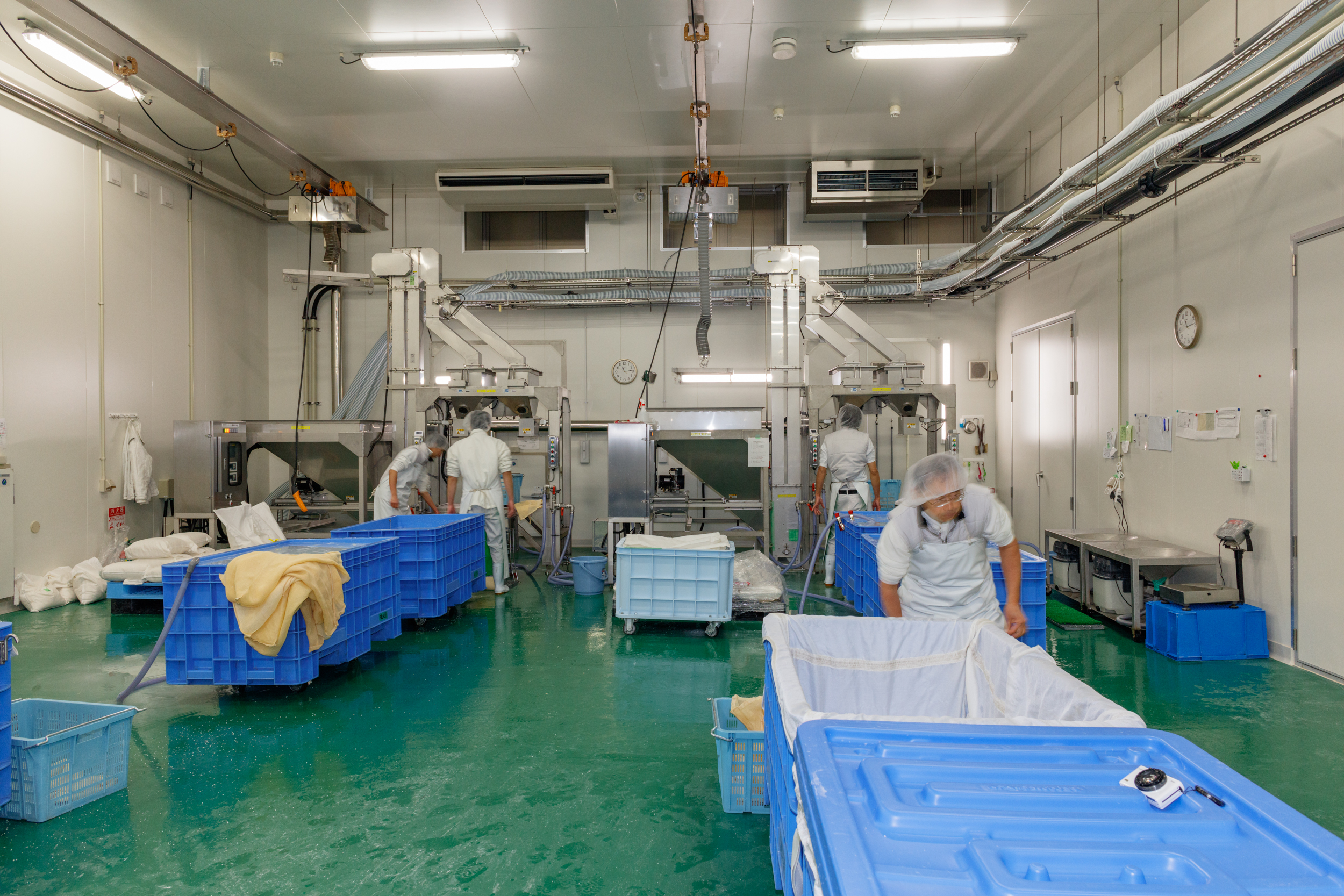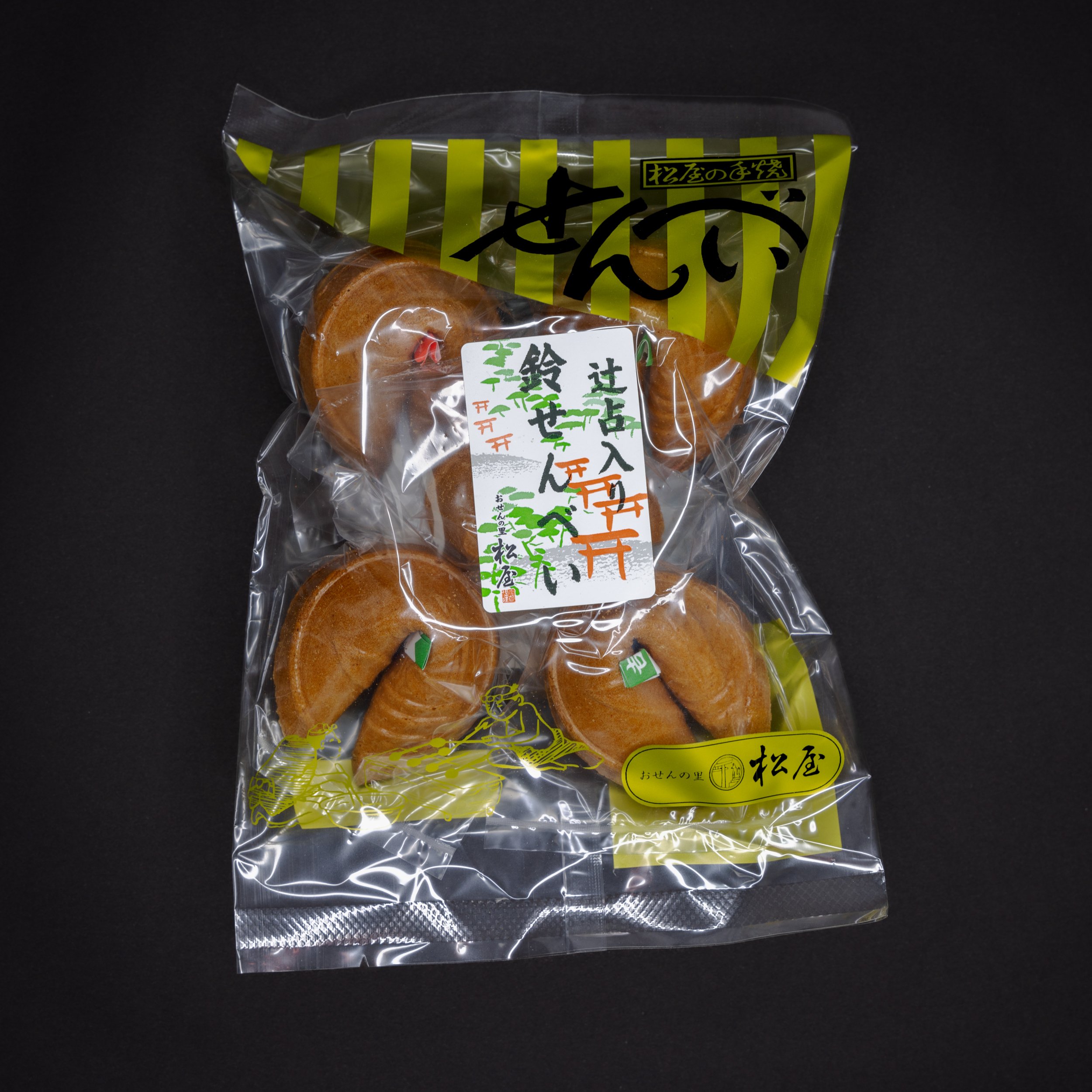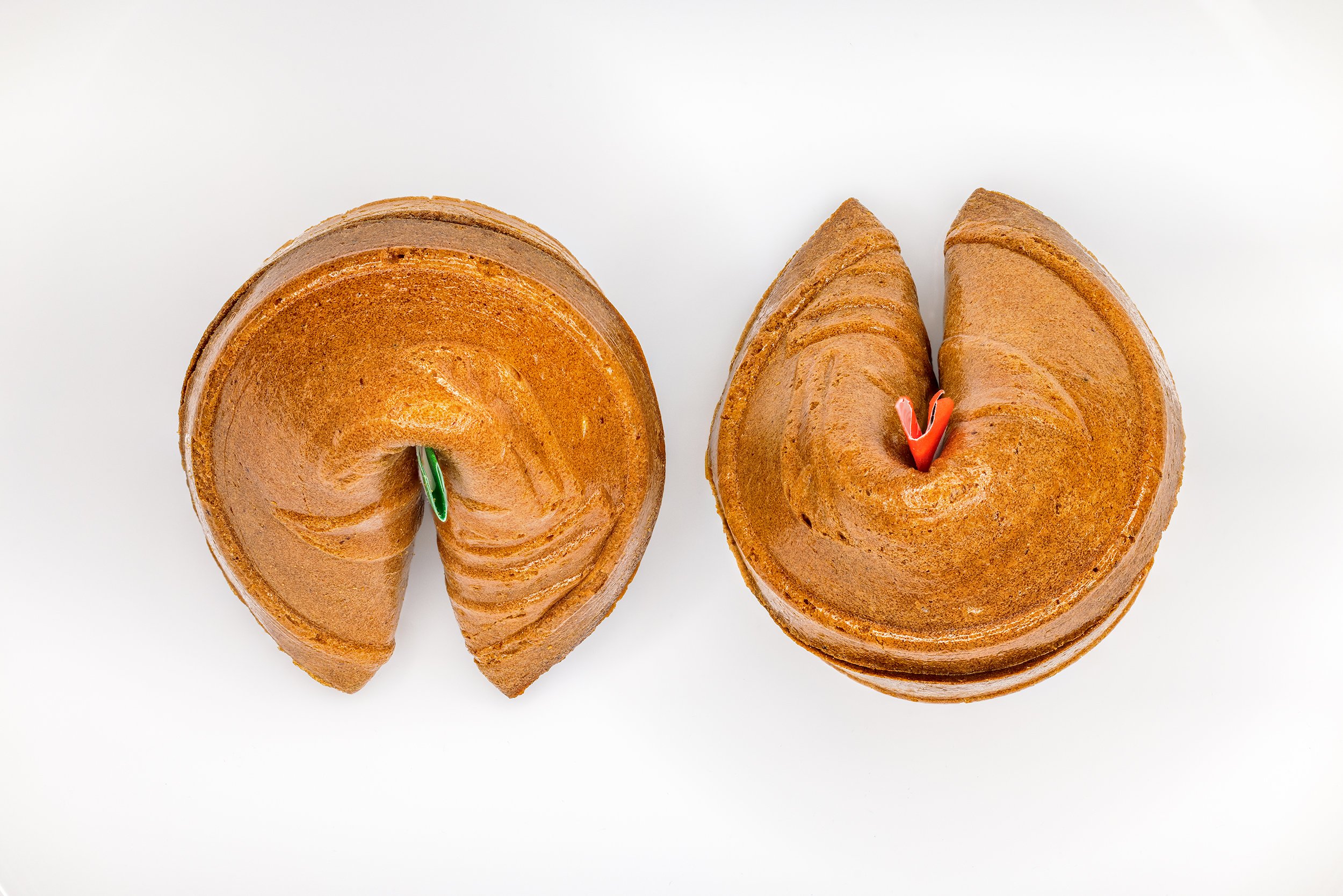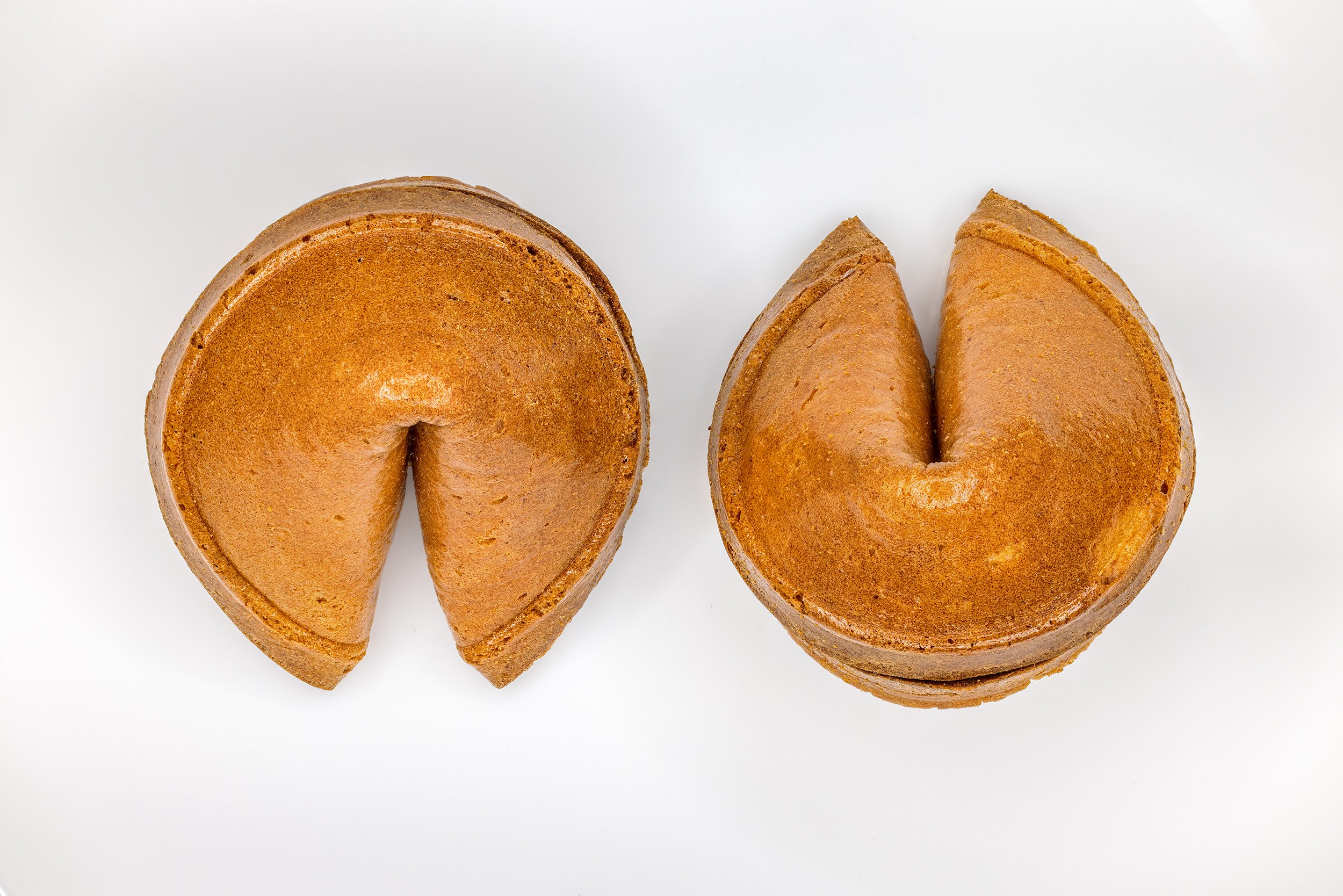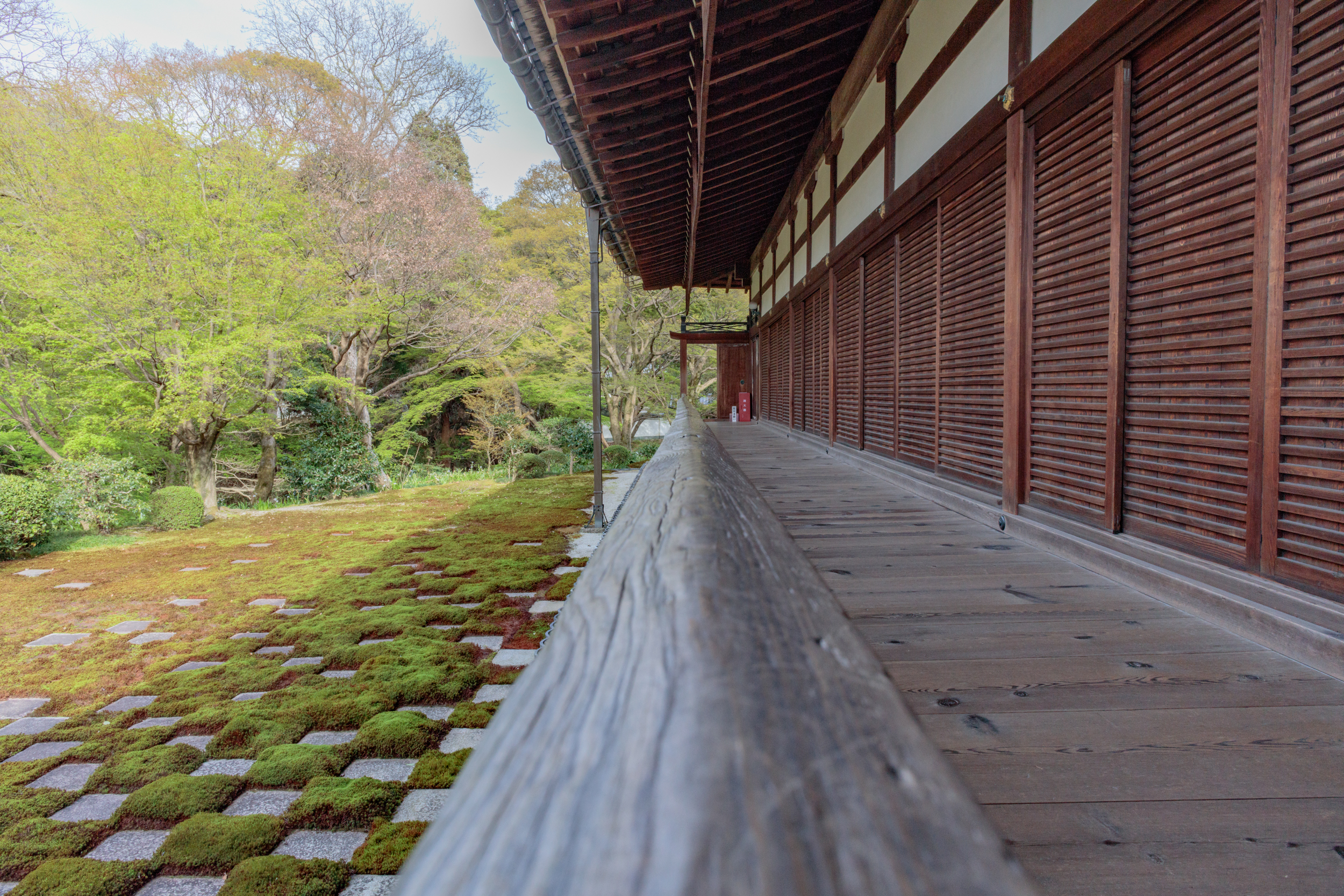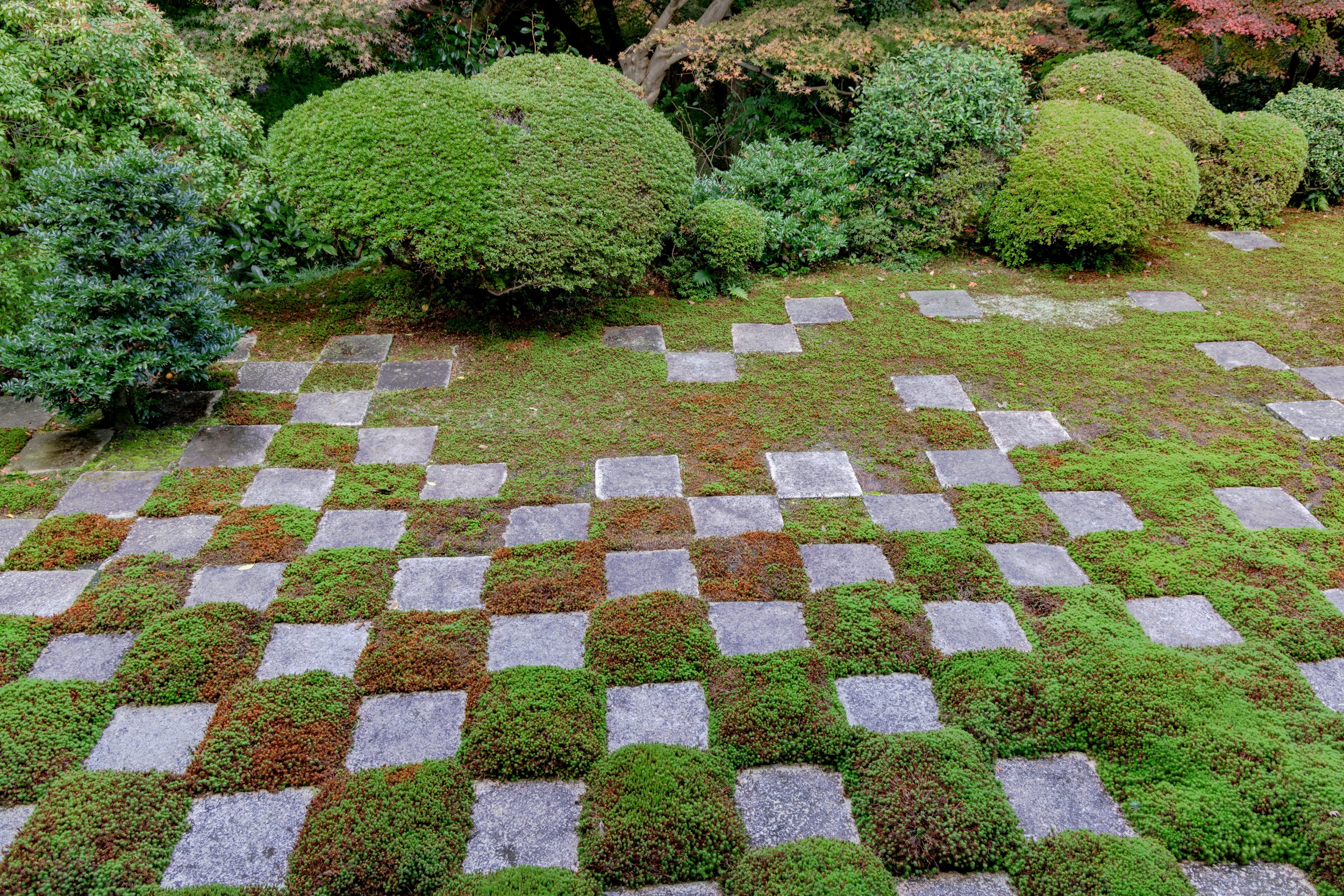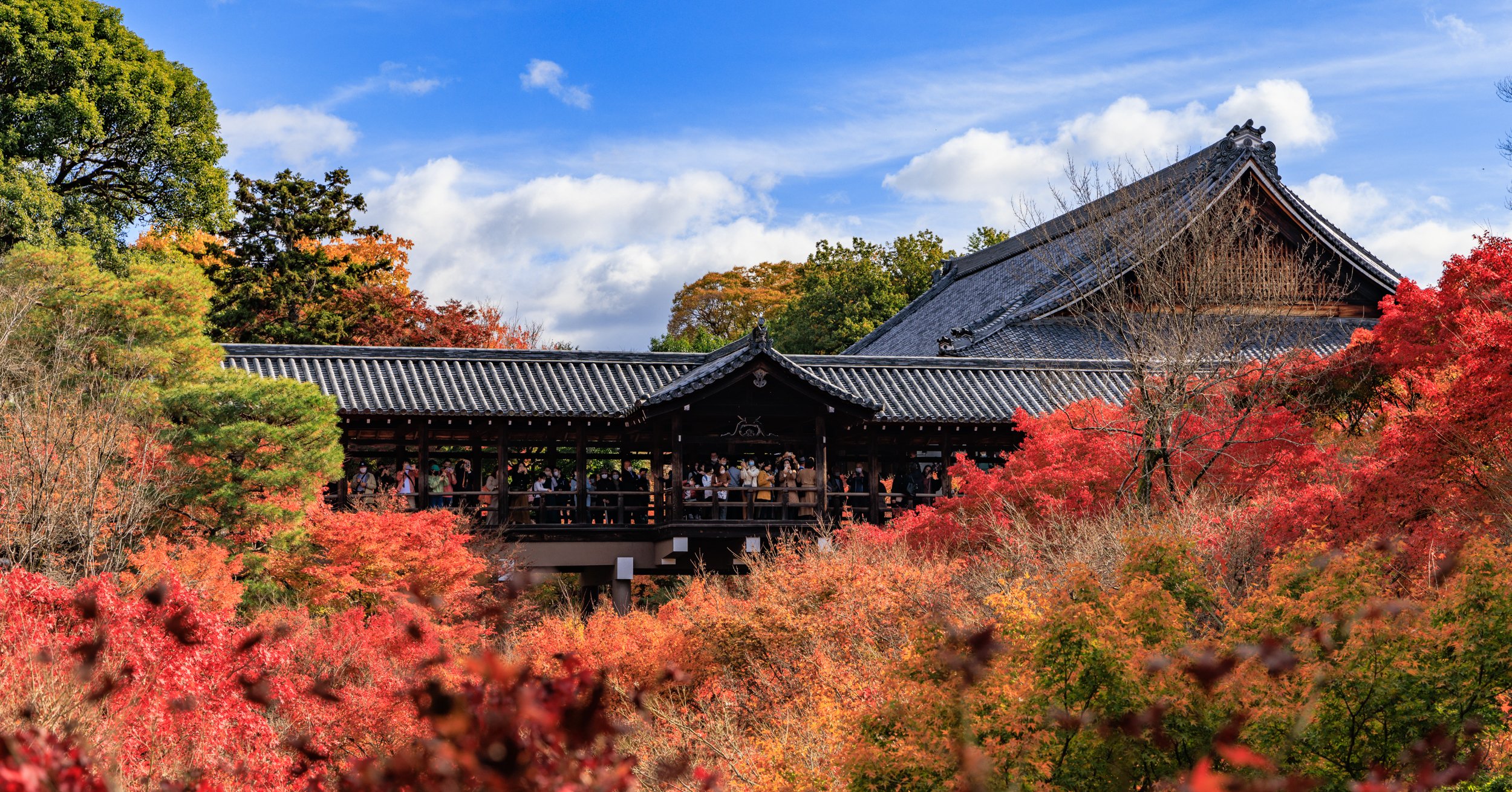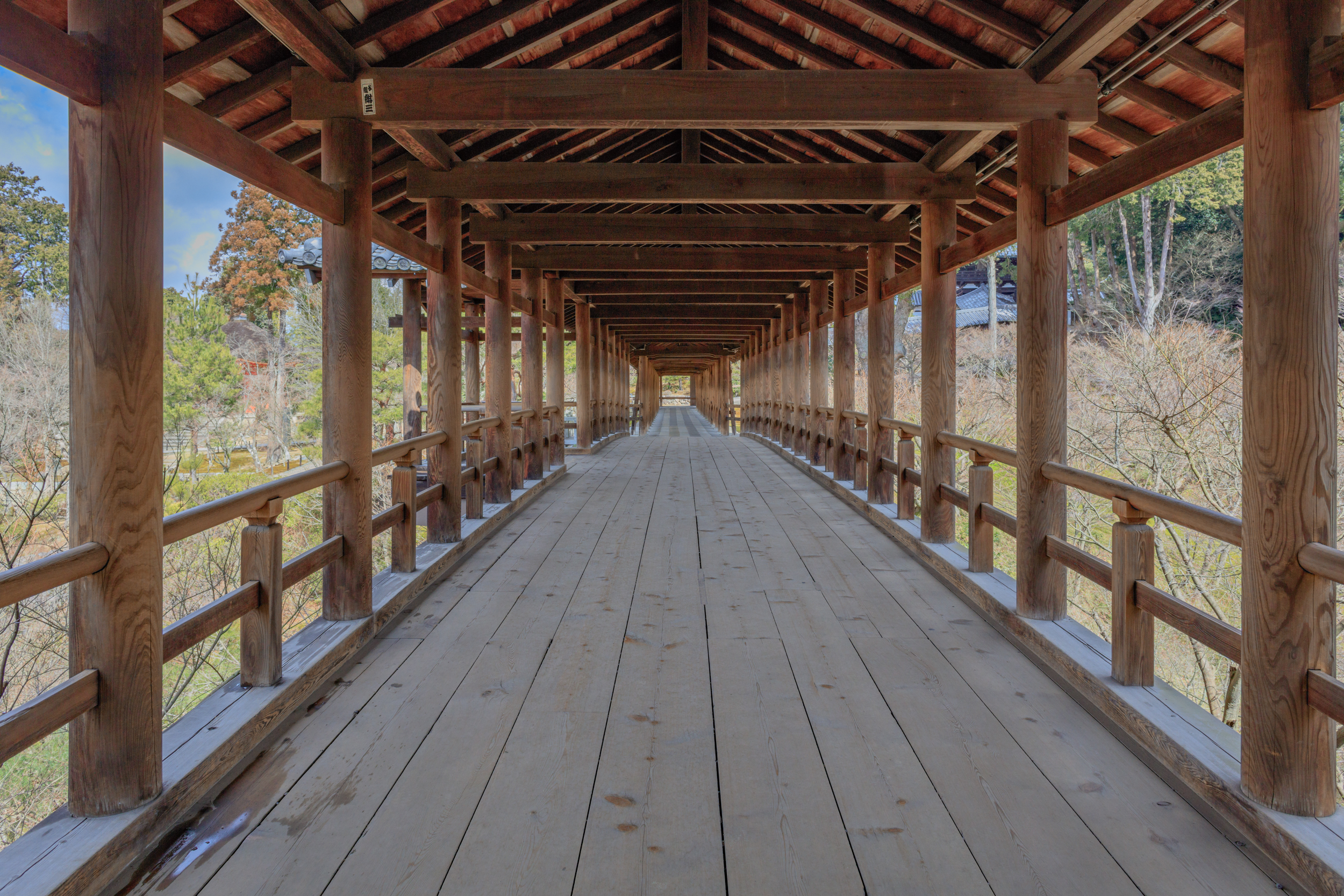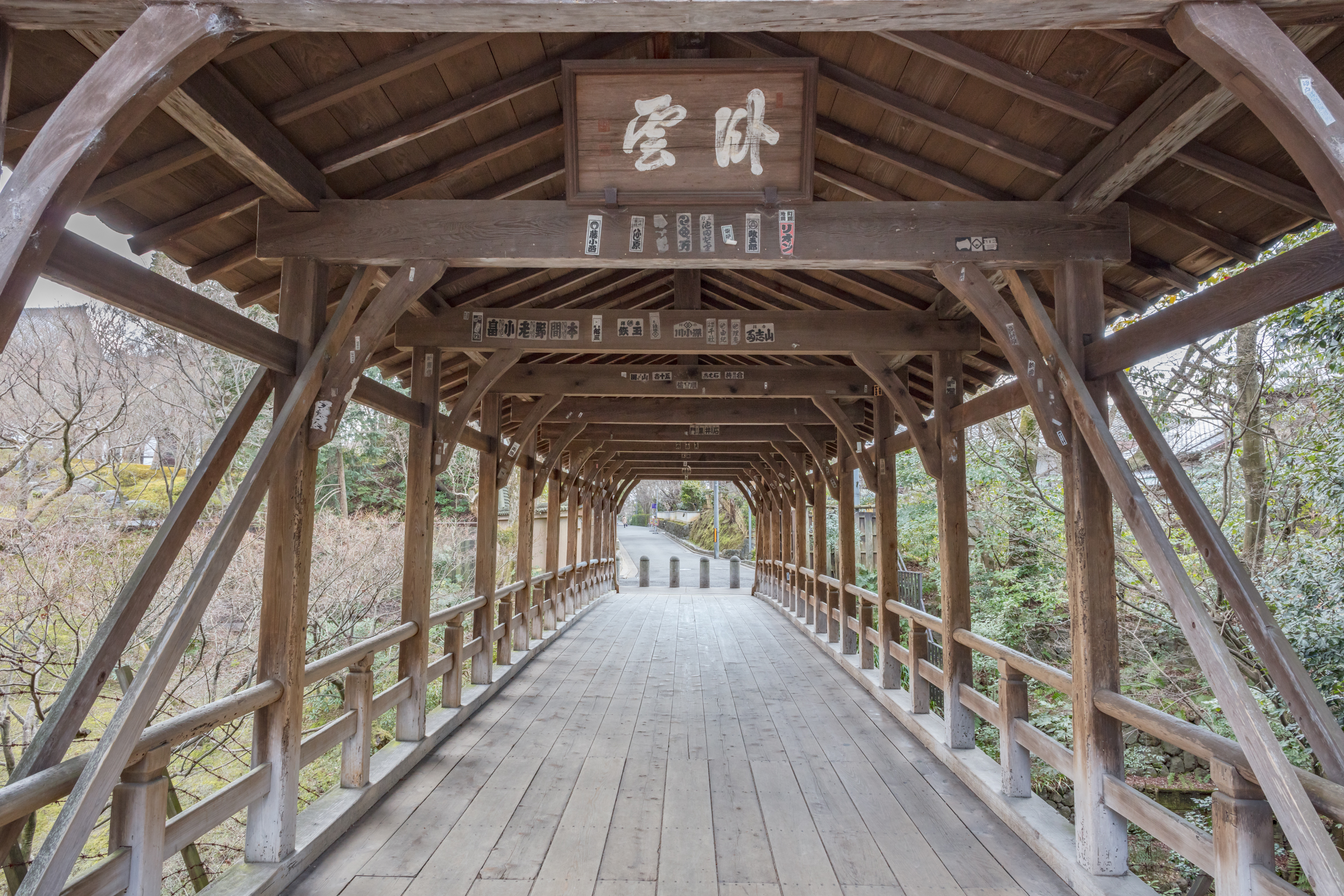In Japan , legend has it that the Maneki Neko originated at Gotokuji 豪徳寺 , which is a Buddhist temple located in Tokyo’s Setagaya Ward , and is affiliated with Soto Zen , the largest of the three traditional sects of Zen in Japanese Buddhism . Originated in 1480 , Gotokuji had quite a humble existence until it was designated as one of the official temples for the Ii family in 1633 . In Japan , Buddhist temples have cemeteries in their grounds , and it was quite a honor for Gotokuji to have the tombs of some members of the Ii family , including Ii Naotaka , who served in the Siege of Osaka , and finished building Hikone castle in 1622 . The Ii family were feudal lords in today’s Shiga Prefecture in Japan , serving under the Tokugawa Shogunate , and it’s also worth mentioning that the Ii family had an important role helping the Tokugawa Shogunate establishing it’s power . From Edo , nowadays Tokyo , the Tokugawa Shogunate controlled all of Japan , and in the country side the Daimyo , the feudal lords , serving under the Shogunate , controlled the land . As a way of keeping the Daimyo under it’s control , the Tokugawa Shogunate mandated that the Daimyo should periodically come to Edo to pay their respects . Edo , nowadays Tokyo , flourished during the period of the Tokugawa Shogunate , as it’s capital , though the Emperor resided in Kyoto . In the early Edo period , Gotokuji was still a humble temple , and in it lived it’s chief priest with his pet cat . The temple didn’t have much money , but the chief priest would share his meals with his cat . Legend has it , that once the chief priest asked his cat to bring good fortune . Sometime passed by , and one day , a feudal lord with his entourage entered the temple . The feudal lord was Ii Naotaka . He said that while passing by the temple’s gate he saw the chief priest’s cat waving his paw to him , inviting him to the temple . While a thunderstorm felt outside , Ii Naotaka was served some tea and prayers by the temple’s chief priest . Feeling enlightened and grateful to the temple , Ii Naotaka donated large quantities of rice , quite valuable at the time , thus changing the fortunes of the , at the time , humble temple . Later , Gotokuji was designated as one of the official temples for the Ii family .
